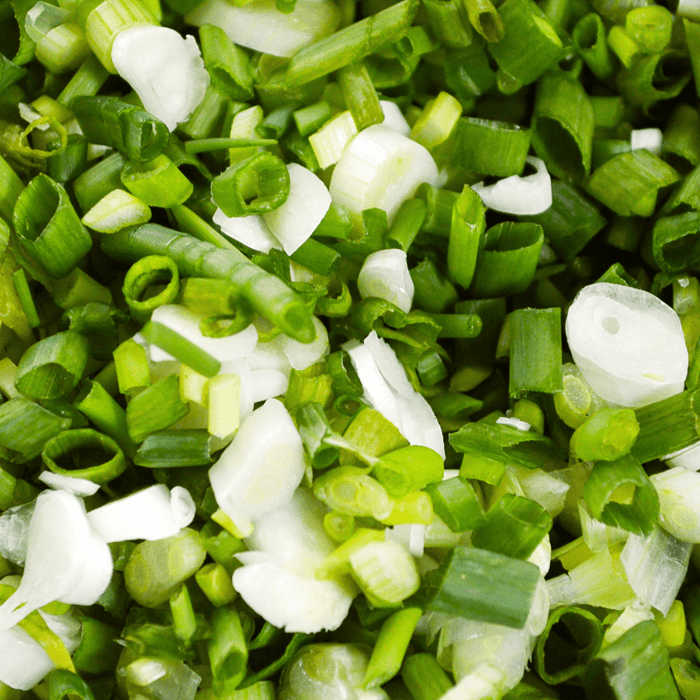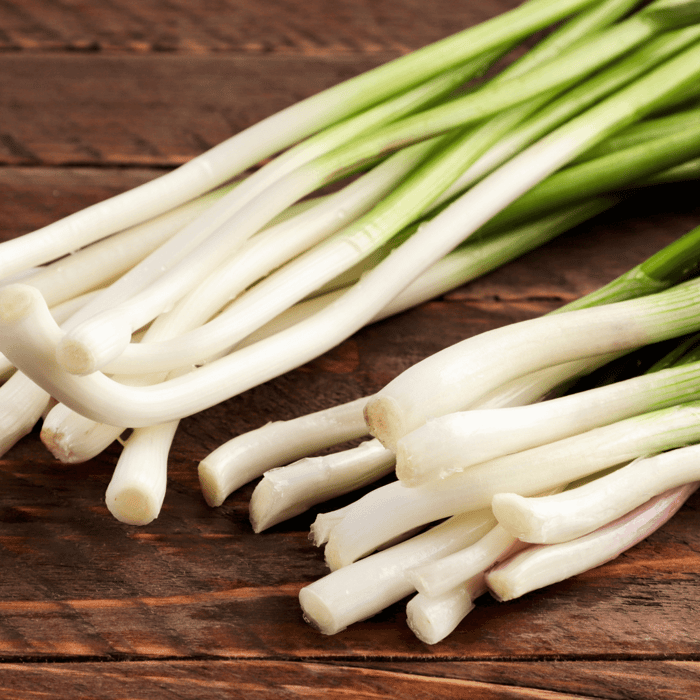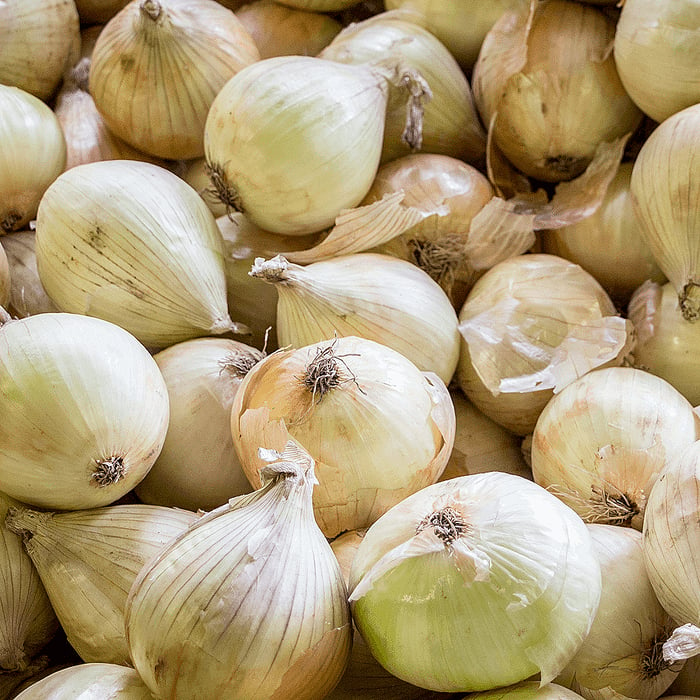As a passionate female gardener, I often encounter many questions about various plants and vegetables. One of my most common questions is, "Are bunching onions the same as green onions?" In this in-depth article, we'll explore the differences and similarities between these two types of onions, delve into the different varieties, and provide a step-by-step guide to help you grow and enjoy these versatile and delicious vegetables in your garden.
Introduction: Bunching Onions and Green Onions
Bunching and green onions are often used interchangeably in recipes, as they share some similarities in taste and appearance. However, they do have some differences as well. In this article, we will explore the world of these two types of onions, from their origins to how to grow green onions and use them in your kitchen.
- Spring onions
- Green onion seeds
- Green leaves
- Mild flavor
- White onions
- Welsh onions
- Varieties of bunching onions
- Form a bulb
- Grocery stores
- Onion varieties
- Type of onion
- Bulbing onion
- Onion seeds
- Scallions and green onions
- Stir-fries
- Allium cepa
- Japanese bunching onions
- Onions Allium fistulosum
- Garden beds
Tokyo Long White Bunching Onion Seeds
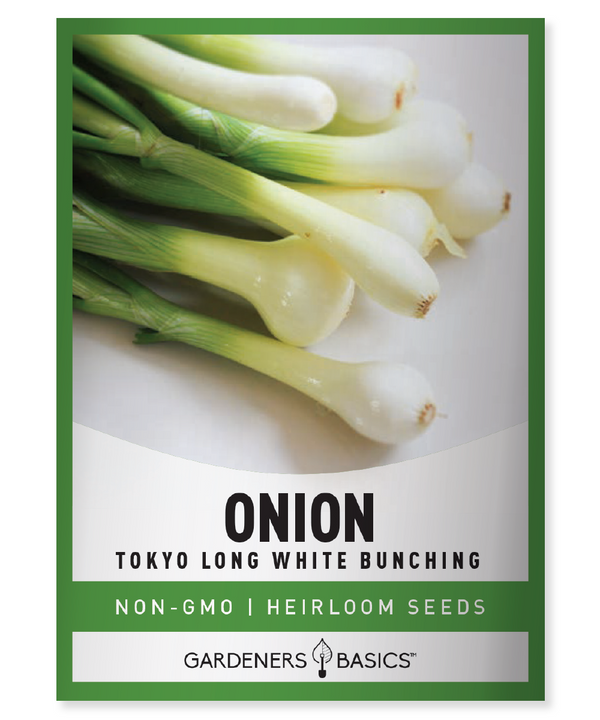
$2.49
Tokyo Long White Bunching Onion Seeds – Heirloom, Non-GMO, Green Onion Variety Discover the exceptional Tokyo Long White Bunching Onion seeds, also known as green onion seeds, perfect for adding fresh flavor to your garden and kitchen. These heirloom, non-GMO, non-hybrid,… read more
Bunching Onions vs. Green Onions: What's the Difference?
Bunching Onions
Bunching onions, also known as Welsh or Japanese bunching onions, belong to Allium fistulosum. They are perennial onions that can grow year-round and produce green leaves and white bulbs. Unlike bulbing onions, bunching onions do not form a bulb at the base. Instead, they have a straight, elongated white stem. Bunching onions have a mild flavor, making them famous for salads and stir-fries.
Green Onions
Green onions, on the other hand, are a type of bulbing onion, Allium cepa. They are harvested before the bulb has fully formed, giving them a milder taste than mature white onions. Green onions have green leaves and a white base, similar to bunching onions, but with a slightly more pronounced bulb. Scallions and green onions are the same, and the terms are often used interchangeably.
Varieties of Bunching Onions
There are several varieties of bunching onions to choose from, each with its unique characteristics:
- Ishikura: A popular Japanese variety with long white stems and dark green leaves. They are cold-tolerant and have a mild, sweet flavor.
- White Lisbon: A European variety with a mild flavor, often used for pickling or in salads.
- Evergreen Hardy White: A cold-tolerant variety with a sweet, mild flavor, suitable for year-round cultivation.
- Red Beard: This variety has reddish-purple stems and a slightly more robust flavor than other bunching onions.
- Tokyo White Bunching Onion: This variety has a white bulb and green stems. Has a wonderfully sweet, mild flavor.
Growing Bunching Onions and Green Onions: A Step-by-Step Guide
Step 1: Choose the Right Onion Seeds
Select the appropriate seeds for the type of onion you wish to grow. Green onion seeds are typically labeled as "green onion" or "scallion" seeds while bunching onion seeds are often labeled as "bunching" or "Welsh onion" seeds.
Step 2: Prepare Your Garden Beds
Choose a location in your garden that receives full sun or partial shade. Prepare the garden beds by loosening the soil, removing weeds or debris, and adding compost or aged manure to improve soil fertility and drainage. Both bunching and green onions prefer well-drained soil with a pH between 6.0 and 7.0.
Onion Seed Assortment | 8 Variety Pack
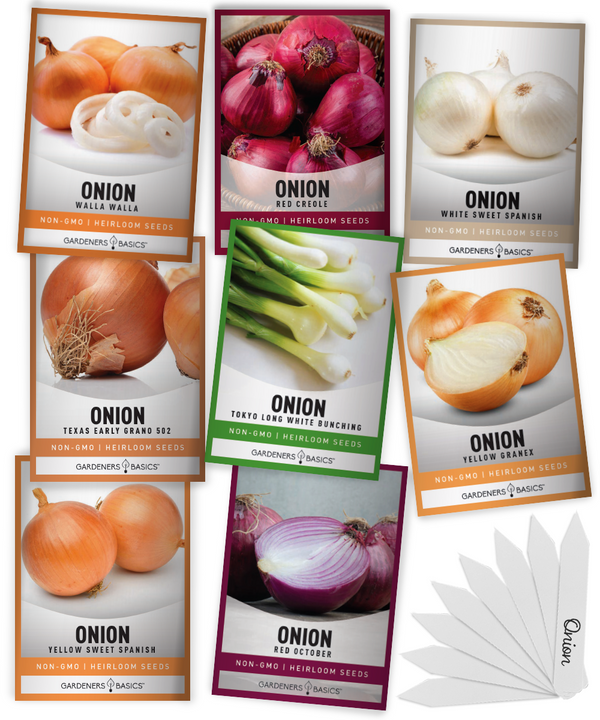
$15.95
Complete Onion Seeds Collection: 8 Non-Hybrid, Heirloom, Non-GMO Seed Varieties Introducing our 8 Onion Seeds Variety Pack – the perfect collection for home gardeners, chefs, and onion enthusiasts looking to grow a diverse range of flavorful onions! Each variety in… read more
Step 3: Planting Onion Seeds
Sow onion seeds directly into the garden beds, following the recommended spacing and depth guidelines on the seed packet. Typically, seeds should be planted about 1/4 inch deep and 1 inch apart, with rows, spaced 12 to 18 inches apart. You can also start seeds indoors 4 to 6 weeks before the last frost date and transplant them outdoors when temperatures have warmed up.
Step 4: Water and Fertilize
Both types of onions require consistent moisture, so water them regularly. The soil should be kept evenly moist but not waterlogged. Apply a balanced, slow-release fertilizer at planting time, and consider side-dressing with additional fertilizer every 4 to 6 weeks to promote healthy growth.
Step 5: Mulching and Weed Control
Apply a layer of organic mulch, such as straw or shredded leaves, around the onions to help conserve moisture, suppress weeds, and regulate soil temperature. Regularly weed the area around your onions to prevent competition for nutrients and water.
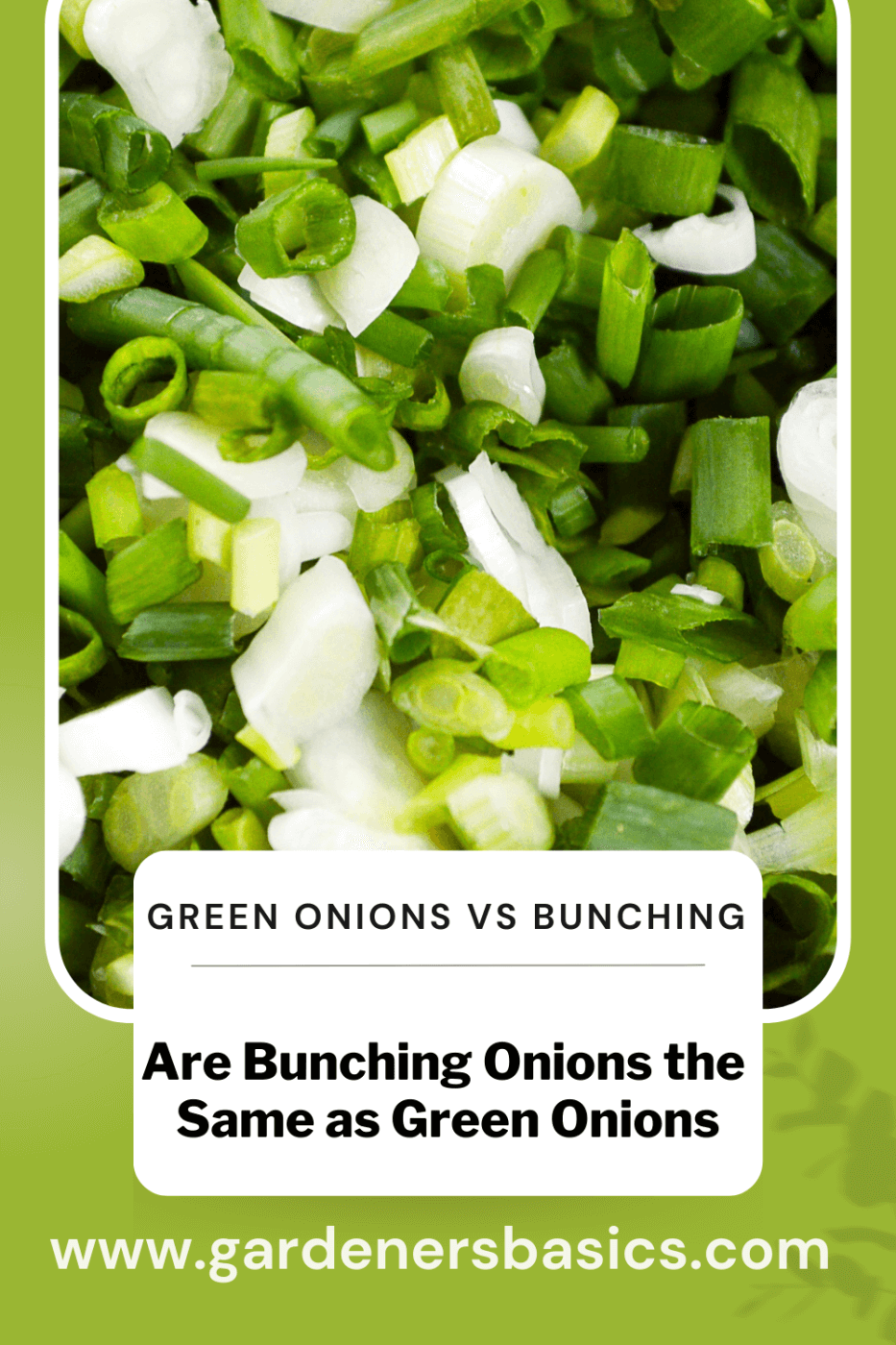
Step 6: Pest and Disease Management
Monitor your onions for signs of pests, such as onion maggots, thrips, or aphids, and take appropriate action to control them. Watch for diseases like white onion rot or downy mildew, and apply organic or chemical controls as needed.
Step 7: Harvesting Bunching Onions and Green Onions
Harvest bunching onions and green onions when the stems to reach your desired thickness, typically between pencil-thin and finger-thick. Gently pull the onions out of the ground, taking care not to damage the roots if you plan to store them for later use. Green onions can be harvested 60 to 90 days after planting while bunching onions may take a little longer, up to 100 days.
Step 8: Storing and Using Your Onions
Both onions can be stored in the refrigerator for up to two weeks. They can also be frozen or dehydrated for longer-term storage. Bunching and green onions are versatile and can be used in various dishes, from stir-fries and salads to soups and casseroles.
Vegetable Seed Vault Kit | 35 Variety Pack

$29.95
$49.95
Ultimate Survival Seed Vault: 16,000+ Non-GMO Heirloom Vegetable Seeds for Emergency Preparedness Introducing the Seed Vault Kit, your all-in-one solution for emergency preparedness and sustainable gardening. This premium seed kit contains over 16,000 non-GMO, Heirloom, Non-Hybrid, and Open Pollinated seeds,… read more
Bunching Onions and Green Onions in the Kitchen
These mild-flavored onions are popular ingredients in various cuisines worldwide. They can be enjoyed raw, cooked, or pickled, and they add a burst of flavor to any dish. Here are some popular ways to use bunching onions and green onions in your kitchen:
- Add them to salads for a fresh, crisp taste.
- Use them as a garnish for soups, stews, or grilled dishes.
- Include them in stir-fries, fried rice, or noodle dishes for flavor.
- Mix them into omelets, frittatas, or quiches.
- Chop and sprinkle them over tacos, nachos, or other Mexican words.
- Incorporate them into savory pancakes or fritters.
Now that you better understand the differences and similarities between bunching onions and green onions, you can confidently grow and enjoy these delicious, versatile vegetables in your garden and kitchen. Happy gardening!



